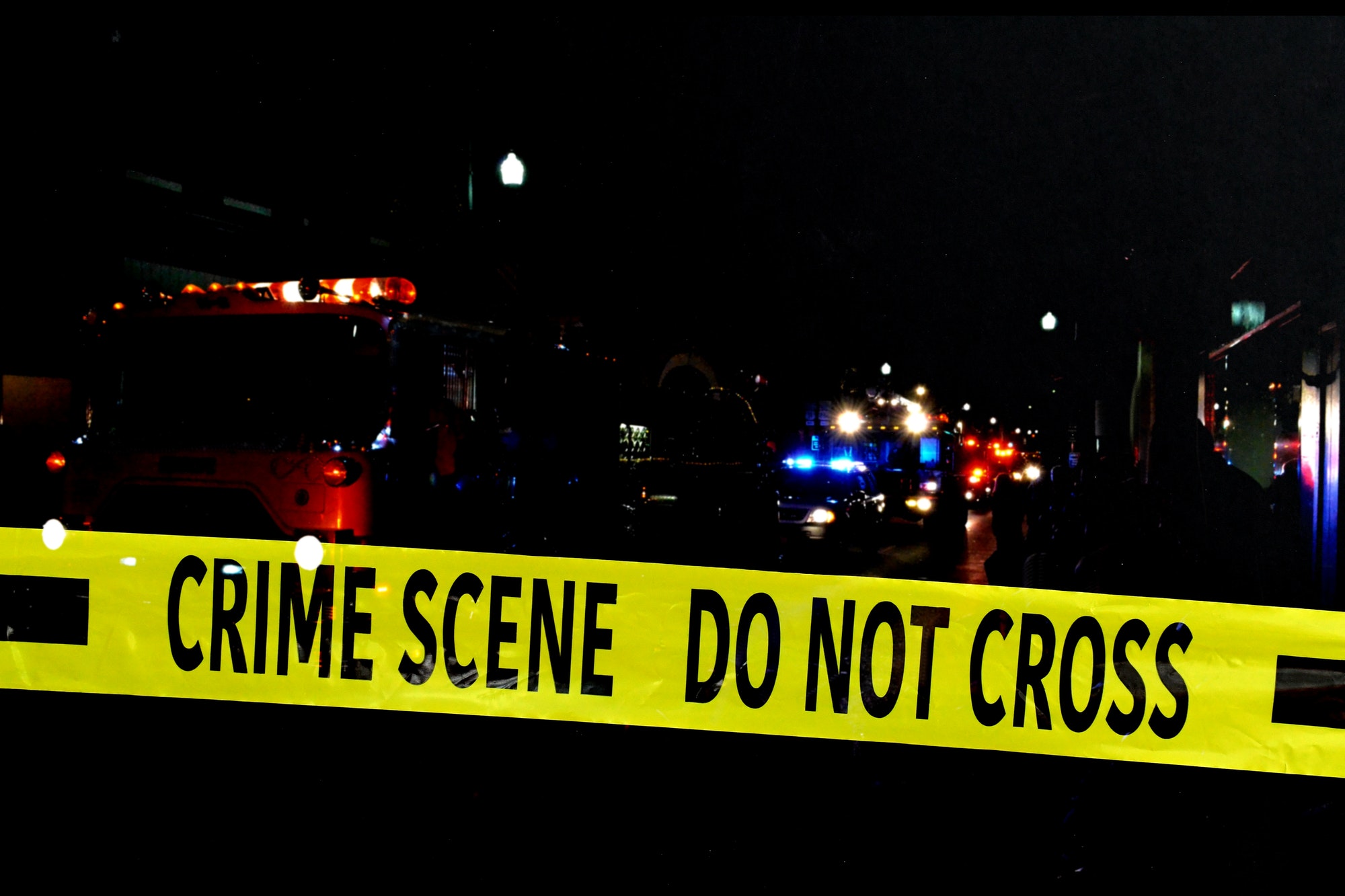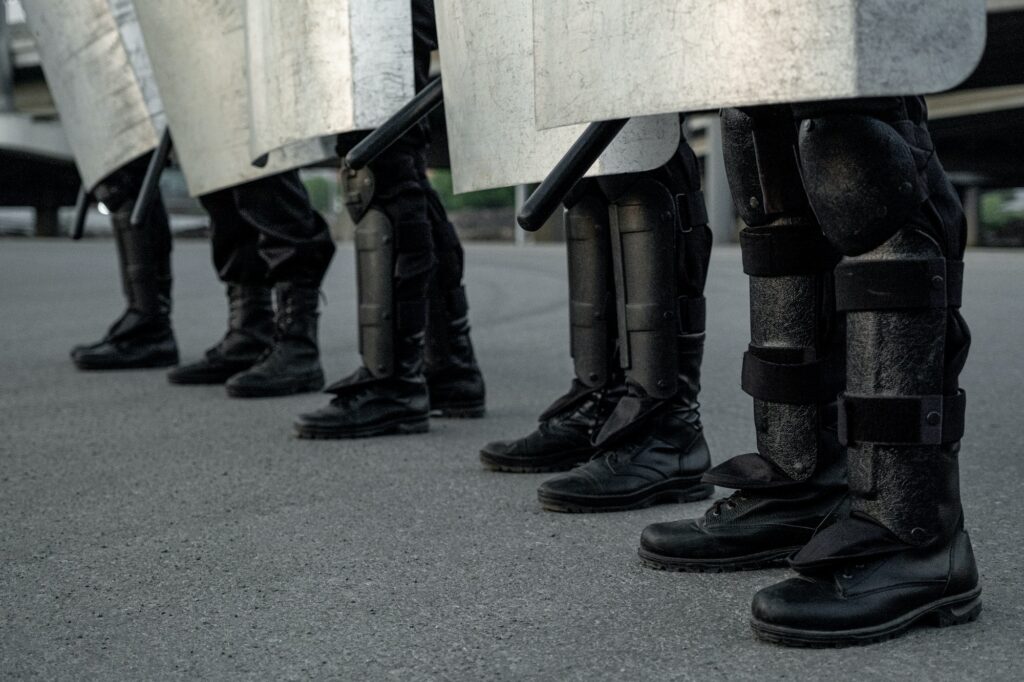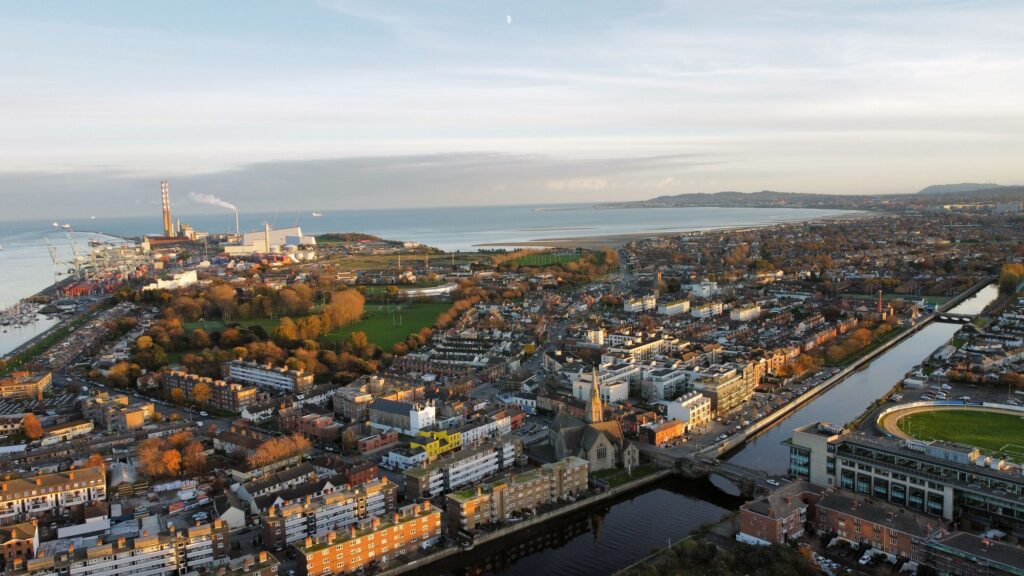Address
33-17, Q Sentral.
2A, Jalan Stesen Sentral 2, Kuala Lumpur Sentral,
50470 Federal Territory of Kuala Lumpur
Contact
+603-2701-3606
info@linkdood.com
Address
33-17, Q Sentral.
2A, Jalan Stesen Sentral 2, Kuala Lumpur Sentral,
50470 Federal Territory of Kuala Lumpur
Contact
+603-2701-3606
info@linkdood.com

Get the full story on the recent Dublin riots, including police actions, political responses, and the impact on society. This article breaks down what happened, giving you a clear picture of this important event in Ireland’s history.

The Dublin riots started after a terrible knife attack at Gaelscoil Choláiste Mhuir. Three kids and a school assistant got stabbed, causing a lot of anger and leading to more violence across the city.
After the riots, the justice minister backed up the police, saying they did their best under tough conditions. This was about how the police tried to handle the sudden increase in violence.

Sinn Féin, a big political party, wasn’t happy with how the police dealt with things. They supported the police but also wanted the Garda Commissioner to quit. This showed a big disagreement and unhappiness with the police leadership.
Taoiseach Leo Varadkar was upset that around 500 people were involved in the chaos. He called it a disgrace and promised new laws to punish those responsible, showing the government’s dedication to keeping order and enforcing the law.
To deal with the chaos, lots of riot police were sent out, a big moment for Irish police. They arrested many people for crimes during the riots.
The head of the police said the riots were partly because of far-right groups. This shows the riots had complex causes, including political reasons and extreme ideas.
The community was shocked but came together to help the victims. Schools and local groups offered support, showing the city’s strength and unity.
People who saw the riots, like Patricia MacBride, talked about what they saw, including young and older troublemakers. Their stories help us understand what really happened during the riots.

A: The riots began after a tragic knife attack outside Gaelscoil Choláiste Mhuir, where three children and a school care assistant were stabbed. This incident sparked widespread public outrage and led to the subsequent violence in the streets of Dublin.
A: The police responded by deploying a large number of riot officers to control the situation. They faced challenges in managing the sudden surge in violence and made several arrests during the riots.
A: Politically, there were mixed reactions. Sinn Féin criticized the police’s handling of the situation and called for the resignation of the Garda Commissioner. On the other hand, Taoiseach Leo Varadkar condemned the violence and promised to introduce new legislation to address such incidents.
A: According to Ireland’s police chief, part of the unrest was driven by individuals with far-right ideologies. This suggests that there were complex and multifaceted political motivations behind the riots.
A: The riots left the community in shock, but also brought people together in support of the victims. Schools and local organizations stepped up to offer assistance, demonstrating the city’s resilience and solidarity.
A: The police chief mentioned the influence of far-right ideology in the riots, indicating that certain factions may have played a role. However, the situation involved a diverse group of individuals, including both young people and older agitators.
A: The media coverage has included eyewitness accounts and analyses of the events. Reporters like Patricia MacBride provided firsthand descriptions, helping to paint a more detailed picture of the riots and their impact.
A: The long-term implications are still unfolding. They include potential changes in law enforcement tactics, political shifts, and a deeper understanding of societal issues that may have contributed to the unrest. The government’s commitment to new legislation could also lead to significant legal changes.
Sources BBC